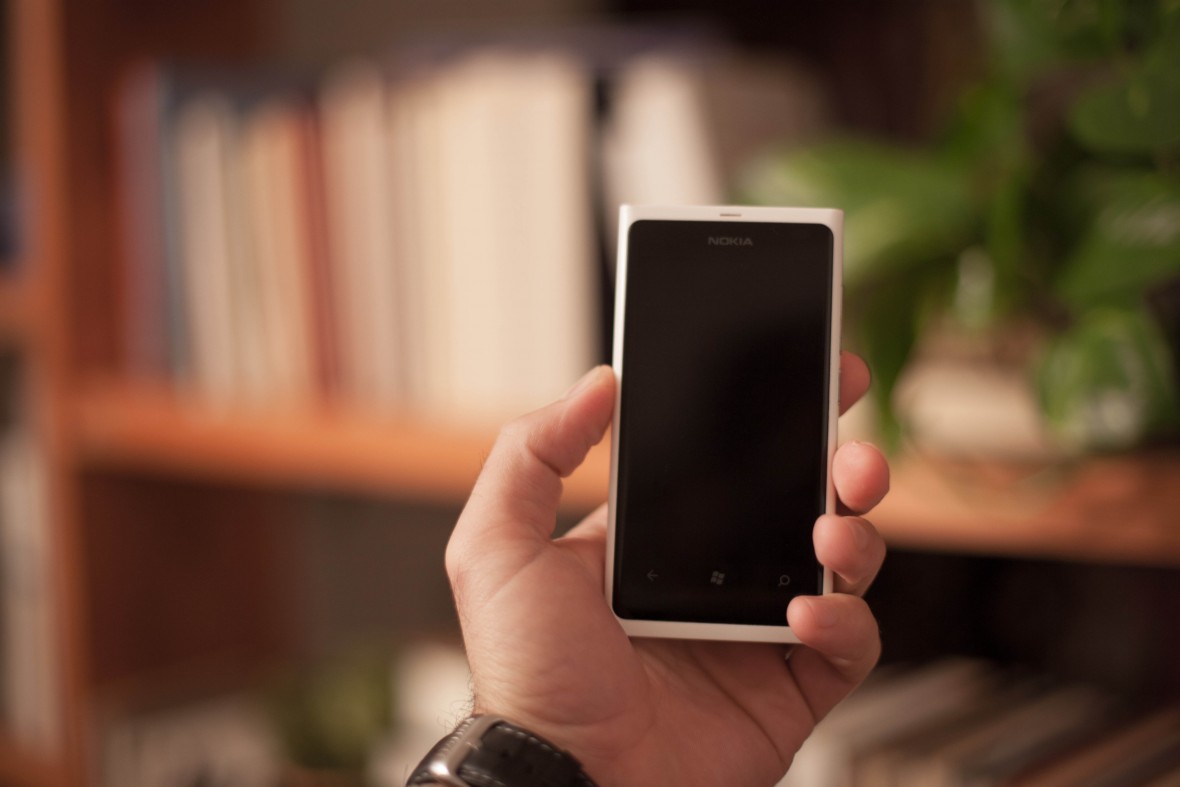A Florida chiropractor has coined the term “text neck” as a result of so many who complained about neck pain from constantly bending forward to look at their smartphones, e-readers and iPads.
Americans send an estimated 2.19 trillion text messages annually, according to Forbes.com.
One study from San Francisco State University and published in the journal Applied Psychophysiology and Biofeedback, found that 83 percent of subjects reported some hand and neck pain during texting.
Richard Wells, professor of applied sciences at the University of Waterloo, in Waterloo, Ontario, Canada, wondered about the effects of technology on our bodies and conducted what is believed to be the world’s first research study on “text neck”. He found that among 140 students who participated in an online survey, twice as many experienced pain in their shoulders, neck and other areas when they used their devices three hours or more a day compared to those who used their devices for less time. The study was published in the January 2011 edition in the Journal of Applied Ergonomics.
Samuel Cho, M.D., an orthopedic surgeon and assistant professor of spinal surgery at the Icahn School of Medicine at the Mount Sinai Medical Center in New York, said our aching necks are “due to prolonged flexion of the cervical spine.”
“Prolonged looking down or slumping too much can cause pinching of the spinal nerves and induce nerve-related pain and other more severe neurologic symptoms such as numbness, tingling and/or weakness. The more you use the device, the more likely you are going to have pain in the neck, regardless of age.“
Cho had these tips to :
- Take breaks: Giving your neck a break is critical in managing the pain. Some experts suggest taking a break every 15 minutes. When texting, send your text and look up.
- Use a case or stand: There are products that prop up iPhones and iPads on a table or desk so the device is at an angle that is ergonomic and better for the body. When you are watching a movie or television show on your device, place it on a stand so that you are able to look straight ahead instead of craning your neck down to see it.
- Hold your phone at eye level: Try not to look down at the phone in your lap for texting or playing a game. If you are sitting, try resting your elbow on your thigh and bringing your forearm up toward your face so you’re holding the phone at eye level. Then use your other hand to text, play a game or do whatever else you want to do.
- When reading, lean back and use pillows: When you are reading a book on a device, lean back into a comfortable position on the couch or in bed, and use pillows to support your head and neck. Also, prop the device on pillows so it’s at your face level and not a strain on your neck.
References: http://www.nbcnews.com, http://www.aarp.org
